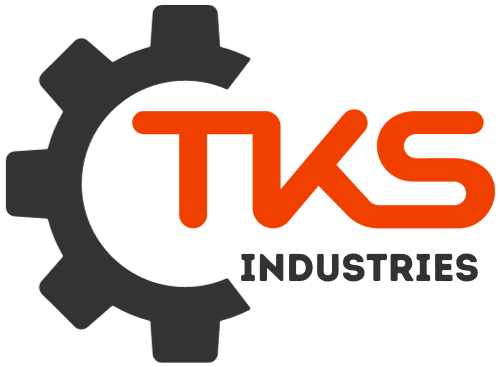[ad_1]
Buying Used Machinery: A Savvy Guide to Finding the Right Equipment for Less
In the dynamic world of business, staying competitive often hinges on having the right tools. While brand-new machinery boasts the latest features and technology, it comes with a hefty price tag that can strain even well-established businesses. Luckily, there’s a smarter, more cost-effective alternative: buying used machinery.
This guide will equip you with the knowledge and insight needed to navigate the used machinery market confidently, ensuring you secure reliable equipment without breaking the bank.
Step 1: Know Your Needs
Before diving into the plethora of used machinery available, take stock of your specific needs. Ask yourself:
- What type of machinery do you require? Be precise in your description. Consider the capabilities, size, condition, and brand you’re looking for.
- What is your budget? Set a realistic limit and stick to it. Remember to factor in additional costs like shipping, repairs, and potential upgrades.
- New or Used? Carefully weigh the pros and cons. While used machinery offers significant savings, newer models may offer better performance, warranties, and energy efficiency.
Step 2: Research and Source
The internet has revolutionized the way we buy and sell, and used machinery is no exception. Utilize online marketplaces, industry-specific websites, and auction sites to research available options.
- Online Marketplaces: Platforms like eBay, Craigslist, and specialized machinery marketplaces provide a vast array of listings.
- Dealerships: Reputable used machinery dealerships often have inspected and certified equipment, offering peace of mind.
- Trade Shows and Auctions: These events can reveal hidden gems and provide opportunities to negotiate directly with sellers.
Step 3: Vetting and Inspection
Once you’ve identified potential machines, it’s time for thorough vetting:
- Seller Reputation: Check online reviews, ratings, and feedback from previous buyers.
- Detailed Description: Scrutinize the listing for any inconsistencies or missing information.
- Inspection: This is non-negotiable! Schedule an in-person inspection to assess the machinery’s condition.
- Test Run: If possible, request a demonstration or test run to evaluate performance.
Red Flags to Watch Out For:
- Price that’s too good to be true: Be wary of drastically low prices, which may indicate hidden problems.
- Vague descriptions: Avoid listings with unclear details about the machine’s history, condition, or functionality.
- reluctance to provide inspection reports: A reputable seller should have no problem sharing maintenance records and inspection reports.
Step 4: Negotiation and Documentation
- Establish a clear price range before engaging in negotiations.
- Be prepared to walk away if the seller is unwilling to compromise on essential terms.
- Get everything in writing: A formal purchase agreement should outline the terms of the sale, including price, payment method, delivery arrangements, warranty (if any), and return policy.
Step 5: After the Sale: Maintenance and Care
- Follow the manufacturer’s recommended maintenance schedule to ensure optimal performance and longevity of your used machinery.
- Build a relationship with a trusted mechanic specializing in the type of equipment you purchased. This can be invaluable for ongoing repairs and maintenance.
By following these steps, you can confidently navigate the world of used machinery, finding valuable equipment that aligns with your budget and business needs. Remember, patience, thoroughness, and due diligence are key to securing a profitable and reliable investment.
[ad_2]
